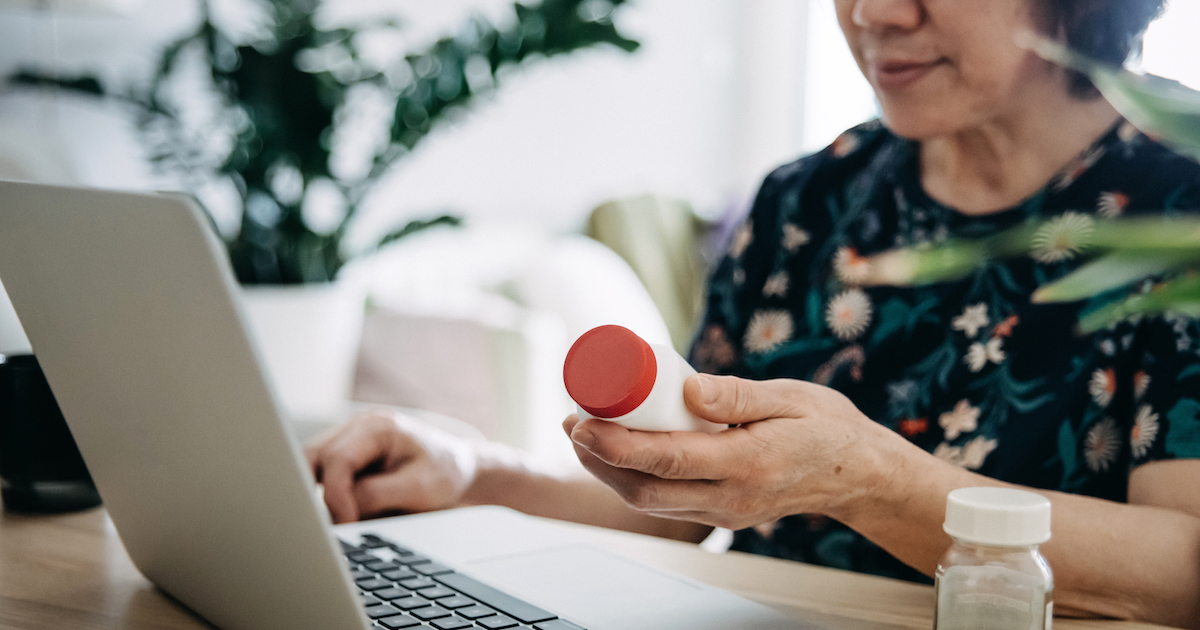 Almost 37 percent of patients enrolled in a large academic health system's patient portal sent at least one message to a physician in 2010, according to a study of 49,778 patients who enrolled in the patient portal between 2001 and 2010.
Almost 37 percent of patients enrolled in a large academic health system's patient portal sent at least one message to a physician in 2010, according to a study of 49,778 patients who enrolled in the patient portal between 2001 and 2010.
The 37 percent of patients who sent at least one message to a physician made up 8.4 percent of all patients in the health system at the time.
Researchers who conducted the study were from Beth Israel Deaconess Medical Center, Brigham and Women's Hospital, Harvard Medical School, and Johnson Health Center.
"Typically, physicians are not reimbursed for time spent communicating with patients electronically," the researchers wrote in the abstract. "But under federal meaningful use criteria for information technology, physicians can receive a modest incentive for such communications. Little is known about trends in secure email messaging between physicians and patients. To understand these trends, we analyzed the volume of messages in a large academic health system's patient portal in the period 2001-10."
Between 2001 and 2010, physicians said they received three times more emails than they did before the patients began signing up for the portal, but between 2005 and 2010, the number of messages per 100 patients per month plateaued. On average, physicians saw 18.9 messages per month during this time.
"As physician reimbursement moves toward global payments, physicians' and patients' participation in secure messaging will likely increase, and electronic communication should be considered part of physicians' job descriptions," the abstract reads.
In August, a survey of 430 patients from research firm TechnologyAdvice found while 49 percent of patients know their doctor’s office offers a patient portal, 40 percent were not aware of one and 11 percent of patients know their doctor doesn’t offer one. The survey also found that about 48 percent of physicians are not following up with patients at all. Twenty three percent call patients to follow up, 12.8 percent send a letter, 9.1 percent use the patient portal and another 6 percent contact patients via email.


